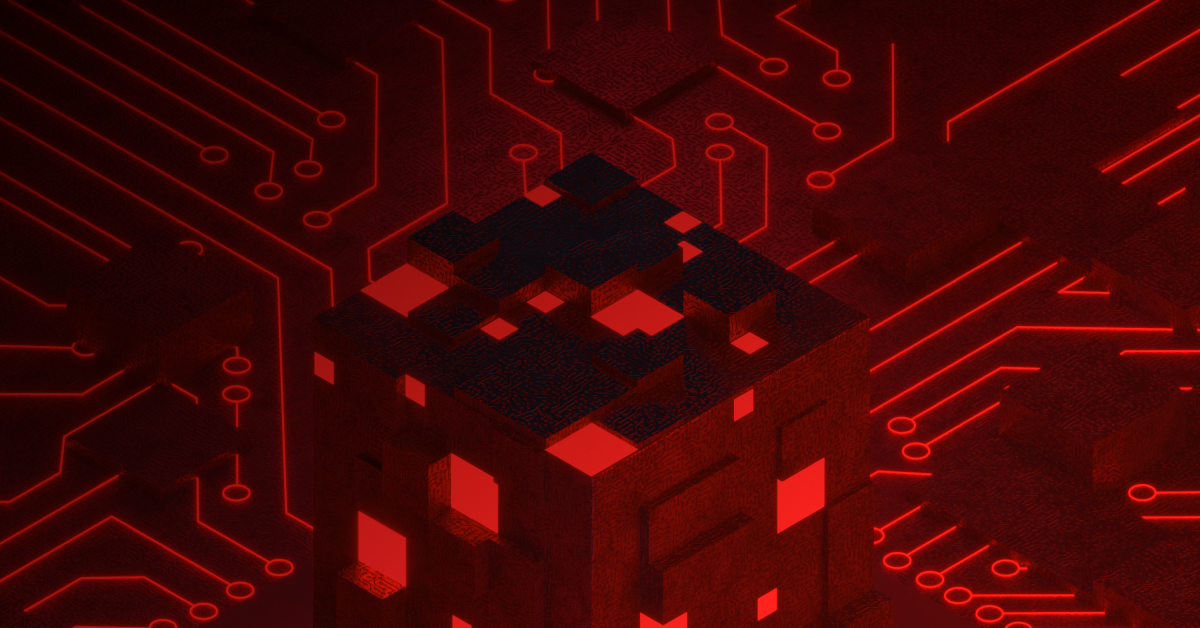
When AI Agents Meet Blockchains: The Next Platform Shift
The history of computing is a story of platforms. Mainframes gave way to personal computers, which gave way to the web, which gave way to mobile. Each shift didn’t just bring new tools — it evolved who could create, collaborate, and capture value.
Right now we're collectively standing at the threshold of the next enormous shift: the convergence of multi-agent AI and blockchains. Together, they enable something we’re calling programmable intelligence — intelligence you can instruct, trust, and verify.
From Single AI to Multi-Agent Systems
Most AI systems today are single-task operators: they answer a question, generate an image, or summarize a document and then wait for the next user prompt. Multi-agentic AI changes the model. Instead of one assistant, you get a network of specialized agents — planners, researchers, negotiators — that can coordinate with each other to achieve complex goals.
This coordination is what transforms AI from a point solution into a system that can run entire workflows, end to end, without constant human supervision.
Why Agents Need to Be On-Chain
The moment an AI agent can decide and act, you face three questions:
- How do you know it did what it claimed?
- How do you ensure it can’t be tampered with?
- How do you settle value between agents instantly and fairly?
Blockchains answer all three. They provide a shared, tamper-resistant state, a framework for programmable business logic, and the ability to execute value transfers in real time. This makes them the natural home for autonomous, economically active agents.
Programmable Intelligence in Practice
Think of programmable intelligence as the midpoint between “automation” and “autonomy.” Automation follows a script. Autonomy makes decisions, and you don't want autonomy to exist without a clear set of rules. Programmable intelligence lets you define both the goals and the rules, then verify every step of execution.
For Builders, that means workflows where:
- Every action is recorded on-chain and auditable
- Payments trigger automatically when conditions are met
- Logic can be extended and combined with other agents’ capabilities without rewriting the core
What Gets Unlocked
- Cross-organization workflows without a trusted coordinator — perfect for industries where competitors still need to collaborate.
- Self-executing payments that release instantly when data proves a task is complete.
- Adaptive business logic that changes based on new inputs — like supply chain AI rerouting shipments when ports close, or DeFi agents adjusting collateral ratios in response to market swings.
Early Signals from the Field
Agent ecosystems are beginning to move beyond demos. In emerging marketplaces, agents can already pay each other for delegated tasks, with early frameworks supporting agent-to-agent value exchange. In logistics, pilot projects are testing agent-led freight procurement and dispatch, where negotiation and delivery confirmation can happen with minimal human oversight. And in gaming, experimental environments are showing NPC agents with their own wallets that can own, trade, and upgrade assets without direct developer control.
These are still early deployments and prototypes, but they demonstrate a credible path from concept to production.
What Builders Should Do Now
The question for builders isn’t whether this convergence will matter—it’s where to begin. Which workflows in your world demand both intelligence and verifiability?
The path forward doesn’t require solving everything at once. The most effective starting point is choosing a workflow where automation and trust really matter, and experimenting with how on-chain logic and agents can improve it. From there, each proof point builds confidence for broader integration.
Like every platform shift before it, the early advantage will go to those who experiment before the patterns are obvious. The builders who act now will shape the standards everyone else adopts later.


